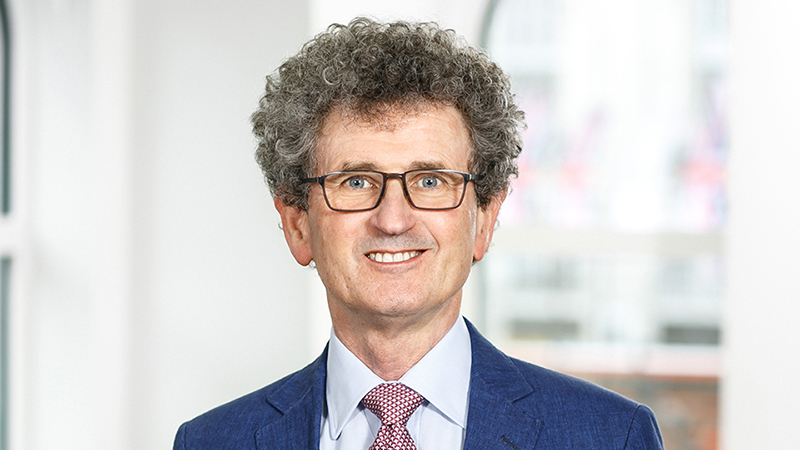The decision by the People’s Bank of China to cut rates for the first time in over two years sent stocks soaring on Friday and helped boost oil prices back above $80 per barrel mark as the change of heart by the Asian giant’s monetary authority took markets by surprise.
The sharp upwards move was, of course, helped along by comments from ECB President, Mario Draghi, a few hours earlier that the market took to be a primer ahead of full quantitative easing in the eurozone.
Both Draghi’s comments and China’s decision also serve to further underline the ever-widening policy gap between Europe and the US and UK as well as that between developed and developing markets. This divergence is increasingly expected to be one of the main drivers of markets next year.
In its Worldview 4Q 2014 publication, JP Morgan highlights divergence as a key investment theme for 2015. As too does Goldman Sachs in its Top Ten Themes of 2015.
But, what exactly does such divergence mean for markets, and how should investors be positioning themselves?
Stephanie Flanders, chief market strategist for the UK and Europe at JP Morgan said: “The gap in policy and prospects between the Anglo-Saxon economies and the rest of the world could be helpful if it helps prolong the US recovery, putting downward pressure on rates and inflation. The risks will come if the US and its currency become the only game in town.”
According to JP Morgan, while it is impossible to know for certain exactly what the implications of the divergence in policy will be, there are three likely ones: a continuation of both the strong dollar and weak commodity prices and US interest rates remaining lower than they would otherwise be for even longer than previously thought.
Goldman Sachs said that, while divergence between the US and other developed market economies has already emerged this year, it expects the gap to widen on an annual average basis.
It points out that with GDP growth within major economies only clearly above trend in the US, differentials in core inflation dynamics are also likely to remain wide.
And, it added: “Most clearly, divergence in monetary policy is set to extend,with the Fed likely to start its hiking cycle (in September 2015), while the ECB and BoJ continue to head down a path of easing and balance sheet expansion.”
Of course, this division between who is raising rates and who isn’t is not limited to simply the G3 nations. For Goldman Sachs, a key question for 2015 is going to be whether or not smaller open economies, like the UK ad Norway, take their lead from the Fed, or if their rate hike decisions will be pushed out by “the winds of slow growth and low inflation blowing in from the Euro area” and the spectre of political uncertainty engendered by forthcoming elections.
Everything else being equal lower interest rates and inflationary pressures should be good news for both the US recovery and the world, Flanders said.
“But there are potential downsides, the most obvious being that the dollar might soar in value and capital inflows might put excessive upward pressure on a US equity market that already looks decently priced, if not yet expensive.”
And, she warns, that while historically analysts have worried about the ability of the eurozone to decouple from the US because of the dominance of US markets.
“This time, it seems at least possible that we will also see the opposite dynamic, with US long rates being pushed down too far by continued global demand for safe assets and the divergent policies of the ECB and the BoJ.”
For Goldman Sachs, how confident investors are about the prospect of non-US activity, is likely to be central to how they position for recovery.
It maintains that while the continuation of USD strength will continue to eat into non-US returns on an unhedged basis, he biggest risks to some broadening in the DM and global recovery stem – in our view – from the Euro area and China.
“The risks we worry about most are a re-emergence of Euro area political tensions, a switch to a ‘deflationary mindset’ in Germany, or a sharper downward shock from China’s housing and credit imbalances. And it is against these risks that portfolio protection may prove to be most useful.”
There are a lot of things to worry about in 2015, among them the increasing possibility of a policy misstep by central bankers as they navigate not only a number of elections and continued growth outlooks, but also the prospect of a shift in phase of the greatest monetary experiment to date. Whatever else happens, now is not a time to fall a step behind.










